When it comes to adding greenery to indoor spaces, finding the right plants for low-light environments can be crucial, especially for homes or offices with limited access to natural sunlight. Fortunately, there exists a diverse array of houseplants that thrive in low-light conditions, offering beauty, health benefits, and a touch of nature to even the darkest corners of our living spaces.
From leafy greens to flowering varieties, these resilient plants not only survive but often flourish in low-light environments, providing an opportunity for plant enthusiasts to create lush indoor gardens regardless of lighting constraints.
Snake Plant (Sansevieria)
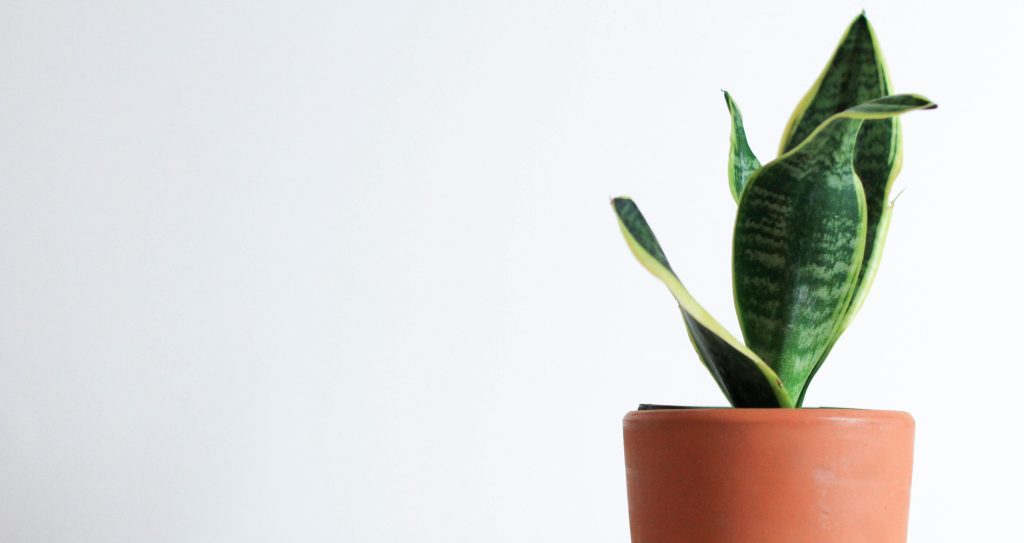
The Snake Plant (Sansevieria) is renowned as one of the best houseplants for low-light conditions due to its remarkable resilience and ability to thrive in environments with minimal sunlight. This hardy plant features striking upright leaves that come in various shapes and sizes, making it a visually appealing addition to any indoor space. What makes the Snake Plant particularly ideal for low-light settings is its ability to tolerate a wide range of light levels, including dimly lit rooms or spaces far from windows.
Additionally, Snake Plants are renowned for their air-purifying qualities, removing toxins from indoor air and improving overall air quality. With minimal water and care requirements, the Snake Plant is an excellent choice for beginner gardeners or those with busy lifestyles who still want to enjoy the benefits of indoor greenery.
Pothos (Epipremnum aureum)
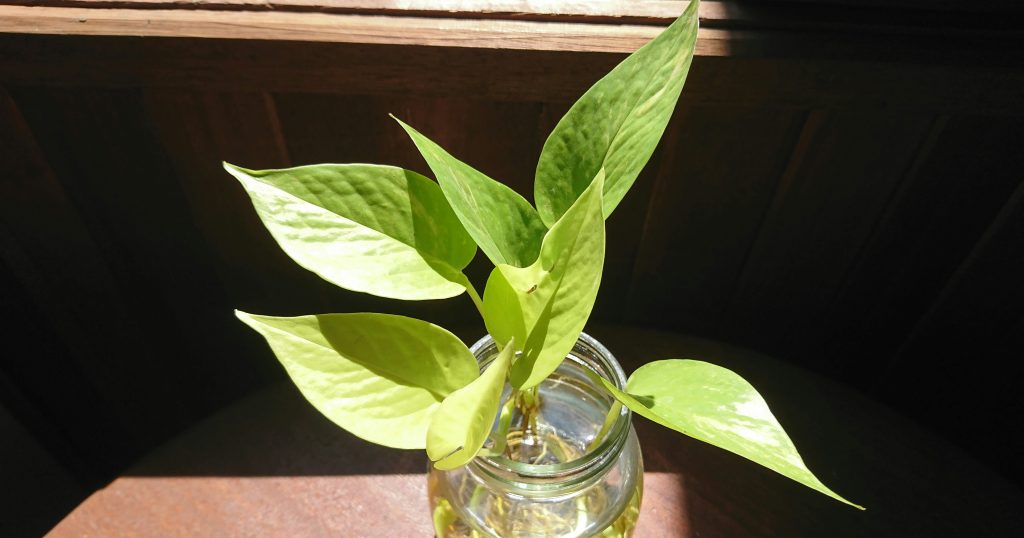
Pothos (Epipremnum aureum) is celebrated among indoor plant enthusiasts as an exceptional choice for low-light environments due to its impressive adaptability and resilience. With its heart-shaped leaves cascading gracefully from hanging baskets or trailing along surfaces, Pothos adds a touch of lush greenery to any space, even those with minimal natural light. This versatile plant can thrive in various light conditions, including low-light settings where many other plants struggle to grow. Pothos is incredibly low-maintenance, requiring infrequent watering and tolerating occasional neglect.
It’s also known for its air-purifying properties, helping to remove toxins from indoor air and promote a healthier living environment. Whether placed in offices, bathrooms, or dimly lit corners of the home, Pothos brings beauty, vitality, and effortless charm to any room while requiring minimal care, making it an excellent choice for both novice and seasoned plant enthusiasts alike.
ZZ Plant (Zamioculcas zamiifolia)
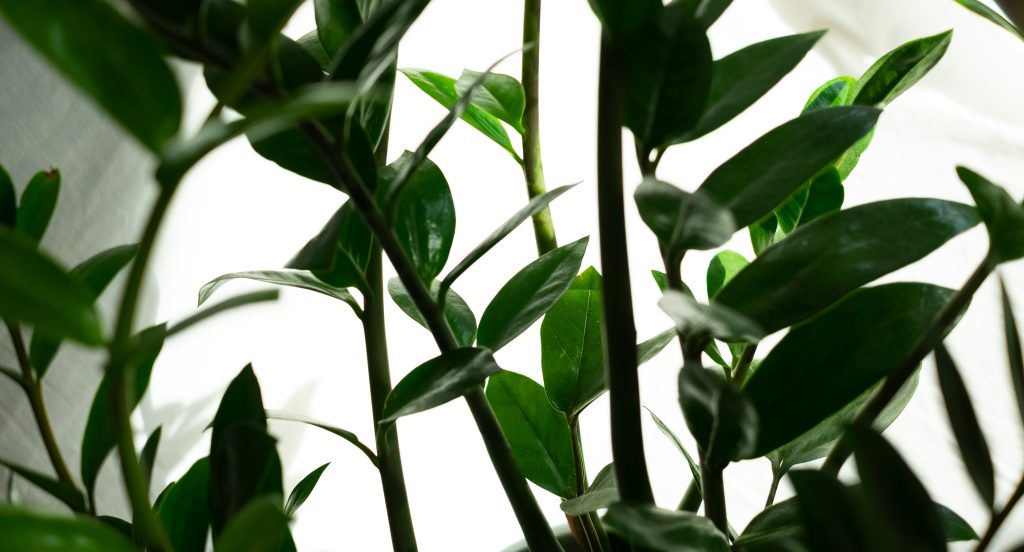
The ZZ Plant (Zamioculcas zamiifolia) stands out as an exceptional option for low-light conditions, making it a favorite among indoor plant enthusiasts seeking easy-care greenery for their spaces. With its glossy, dark green foliage arranged in graceful, upright stems, the ZZ Plant adds a touch of elegance to any room, even those with minimal natural light. This resilient plant is incredibly adaptable, thriving in dimly lit areas where many other plants struggle to grow.
Its ability to tolerate low light, combined with its drought tolerance and minimal water needs, makes it an ideal choice for busy individuals or those with little gardening experience. The ZZ Plant’s air-purifying properties further enhance its appeal, helping to improve indoor air quality by filtering out toxins. Whether placed in offices, bedrooms, or hallways, the ZZ Plant adds beauty and vitality to any space while requiring minimal maintenance, making it an excellent option for anyone looking to bring a touch of nature indoors.
Peace Lily (Spathiphyllum)
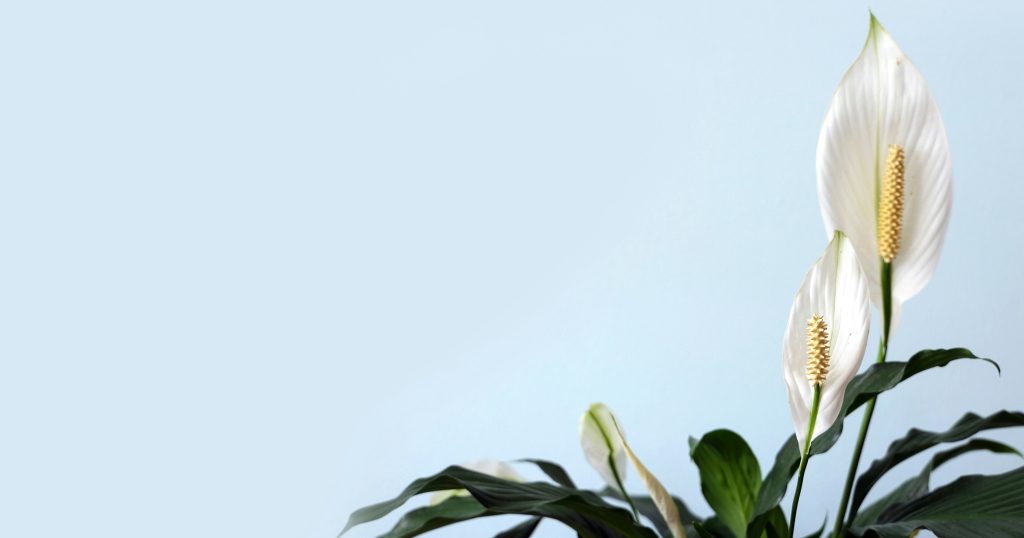
The Peace Lily (Spathiphyllum) is widely cherished as an excellent choice for low-light environments, offering both elegant beauty and ease of care to indoor spaces. Known for its lush, dark green leaves and graceful white blooms, the Peace Lily adds a touch of serenity to any room, even those with limited natural light. This resilient plant is highly adaptable, thriving in dimly lit areas where other plants may struggle. It requires minimal maintenance, with infrequent watering and occasional fertilization being the primary care tasks.
Additionally, the Peace Lily is renowned for its air-purifying abilities, effectively removing toxins such as formaldehyde, benzene, and carbon monoxide from indoor air. Whether placed in offices, bedrooms, or bathrooms, the Peace Lily brings both aesthetic charm and health benefits to indoor environments, making it a perfect choice for those seeking a low-maintenance plant that flourishes in low-light conditions.
Dracaena (Dracaena spp.)
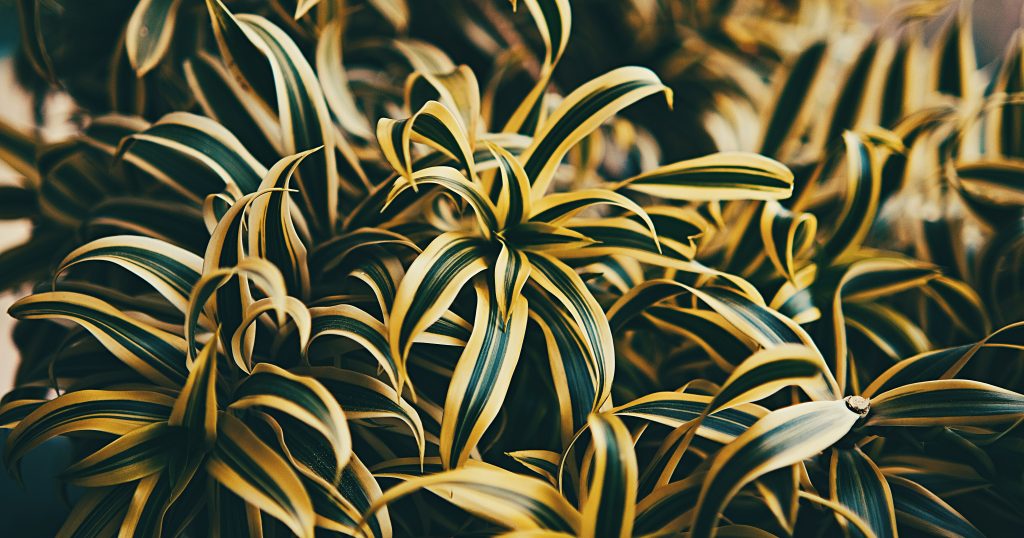
Dracaena species, commonly known as Dracaena, are highly regarded for their suitability in low-light environments, making them an excellent choice for indoor spaces with minimal natural sunlight. These elegant plants feature striking foliage in various shapes and colors, ranging from vibrant greens to deep purples and variegated patterns, adding a touch of tropical flair to any room. Dracaenas are renowned for their adaptability to low-light conditions, thriving in areas where other plants might struggle to grow. Their tolerance for low light, combined with their drought resistance and low maintenance requirements, makes them ideal for busy individuals or those new to indoor gardening.
Additionally, Dracaena plants are known for their air-purifying properties, helping to improve indoor air quality by removing toxins such as formaldehyde, benzene, and trichloroethylene. Whether placed in offices, living rooms, or bedrooms, Dracaena adds both visual appeal and health benefits to indoor environments, making them a fantastic choice for anyone seeking a stylish and low-maintenance plant for low-light spaces.
Chinese Evergreen (Aglaonema)
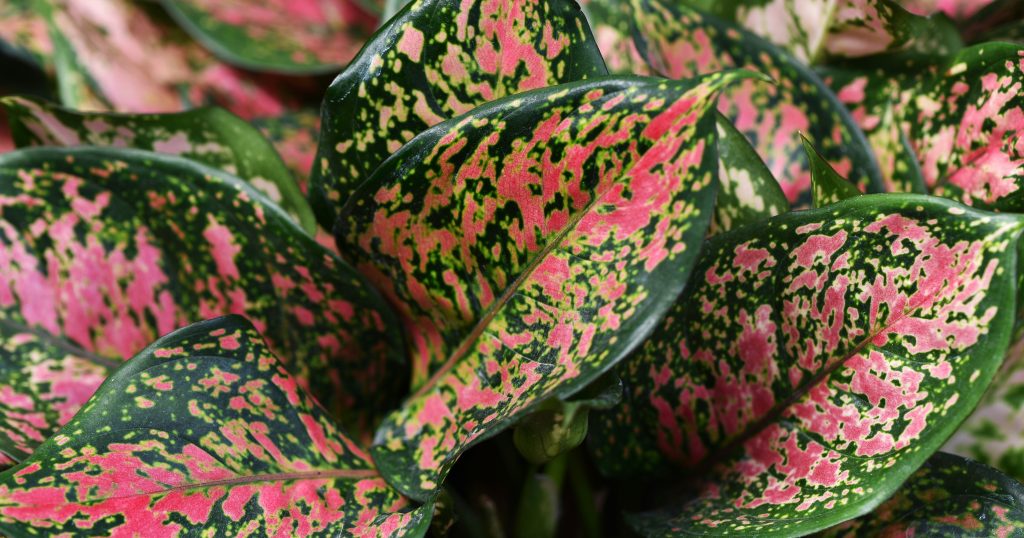
Chinese Evergreen (Aglaonema) stands out as an exceptional choice for low-light environments, offering both beauty and resilience to indoor spaces with minimal natural sunlight. With its lush, variegated foliage in shades of green, silver, and sometimes red, Chinese Evergreen adds a touch of elegance and color to any room. What makes it particularly well-suited for low-light conditions is its ability to thrive in areas where other plants may struggle, making it perfect for offices, hallways, or rooms with limited access to natural light.
Chinese Evergreen is also highly adaptable to varying humidity levels, further enhancing its versatility as an indoor plant. Additionally, this hardy plant requires minimal maintenance, with infrequent watering and occasional fertilization being the primary care tasks. Whether placed in dimly lit corners or bright, indirect light, Chinese Evergreen adds both visual interest and a sense of tranquility to indoor environments, making it an excellent choice for anyone seeking a stylish and low-maintenance plant for low-light spaces.
Spider Plant (Chlorophytum comosum)
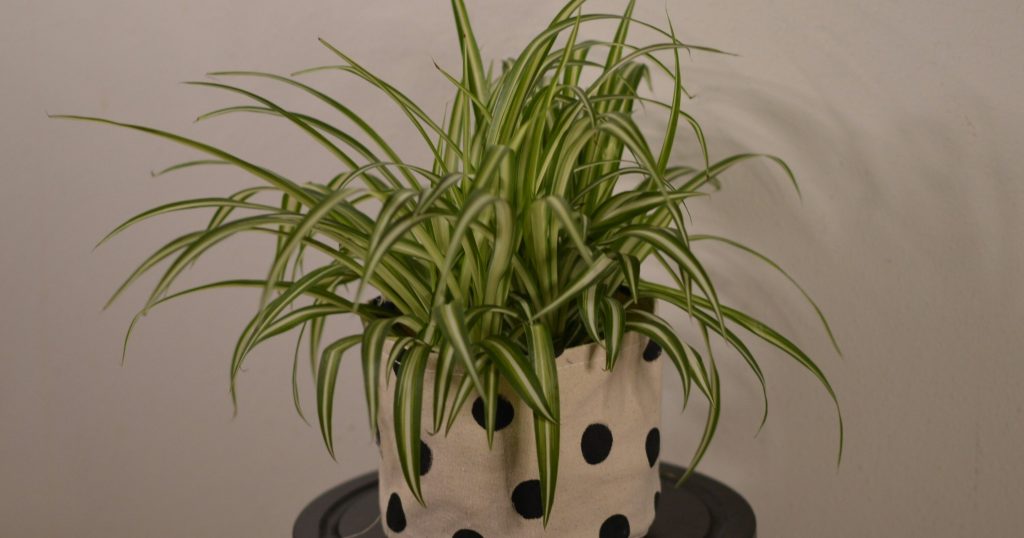
Spider Plant (Chlorophytum comosum) is celebrated for its adaptability and resilience, making it an excellent choice for low-light environments. With its arching, narrow leaves and cascading stems adorned with small, white flowers, the Spider Plant brings a touch of grace and charm to any indoor space. What makes it particularly well-suited for low-light conditions is its ability to thrive in areas with indirect or artificial light, making it ideal for rooms with limited access to natural sunlight.
Additionally, Spider Plants are incredibly easy to care for, requiring minimal maintenance. They tolerate irregular watering and can withstand periods of neglect, making them perfect for busy individuals or those new to indoor gardening. Furthermore, Spider Plants are known for their air-purifying qualities, helping to improve indoor air quality by removing toxins such as formaldehyde and carbon monoxide.
Cast Iron Plant (Aspidistra elatior)
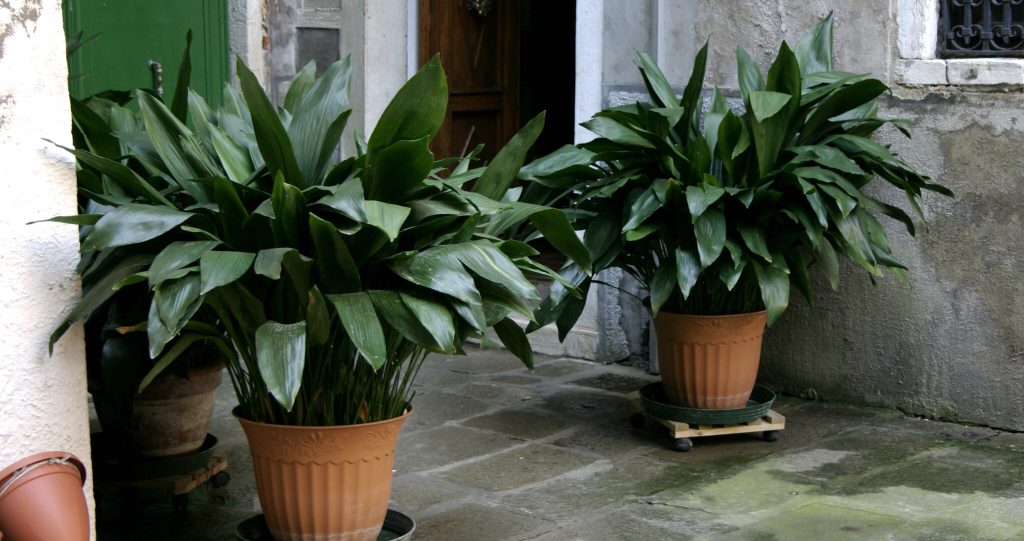
Cast Iron Plant (Aspidistra elatior) is a standout choice for low-light environments due to its impressive durability and ability to thrive in dimly lit spaces. With its glossy, dark green leaves that rise up from the soil in a graceful manner, the Cast Iron Plant adds a touch of timeless elegance to any indoor setting. Its resilience to low light makes it perfect for rooms with minimal natural sunlight, such as offices, hallways, or areas far from windows.
What sets the Cast Iron Plant apart is its ability to tolerate neglect and adverse conditions, making it an ideal choice for those with busy lifestyles or limited gardening experience. This hardy plant requires minimal maintenance, with infrequent watering and occasional fertilization being sufficient to keep it thriving. Additionally, the Cast Iron Plant is known for its air-purifying qualities, helping to improve indoor air quality by removing toxins and pollutants.
Parlor Palm (Chamaedorea elegans)
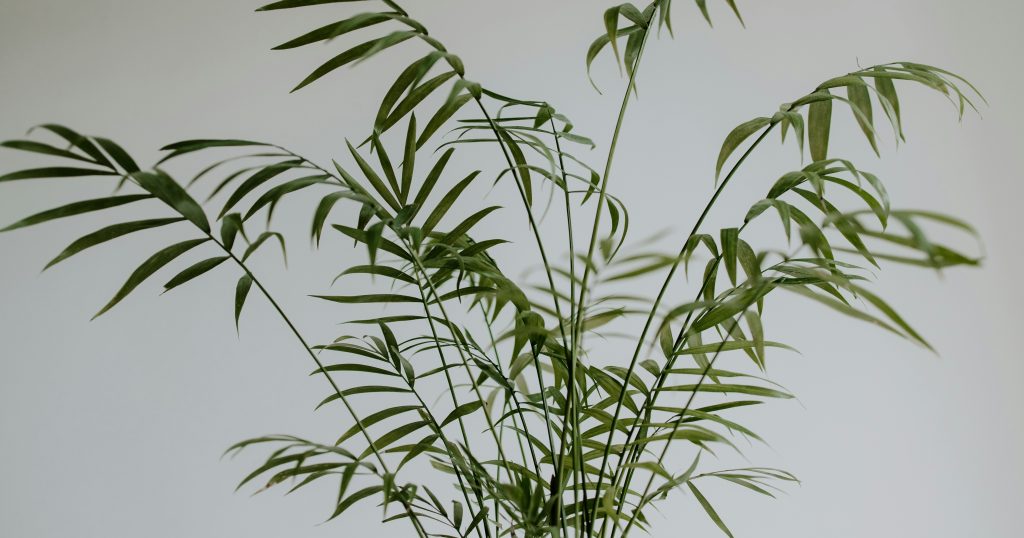
Parlor Palm (Chamaedorea elegans) is revered as an excellent choice for low-light environments, bringing a touch of tropical elegance to indoor spaces with minimal natural sunlight. With its graceful, arching fronds and compact growth habit, the Parlor Palm adds a sense of lushness and sophistication to any room. What makes it particularly well-suited for low-light conditions is its ability to thrive in areas with indirect or artificial light, making it perfect for spaces with limited access to sunlight. Additionally, the Parlor Palm is incredibly low-maintenance, requiring only occasional watering and regular dusting to keep its foliage clean.
Its resilience to neglect and adverse conditions makes it an ideal choice for busy individuals or those new to indoor gardening. Furthermore, the Parlor Palm is known for its air-purifying qualities, helping to improve indoor air quality by removing toxins such as formaldehyde and benzene. Whether placed in offices, living rooms, or bedrooms, the Parlor Palm brings both beauty and health benefits to indoor environments, making it a fantastic option for anyone seeking a stylish and easy-to-care-for plant for low-light spaces.
Philodendron (Philodendron spp.)
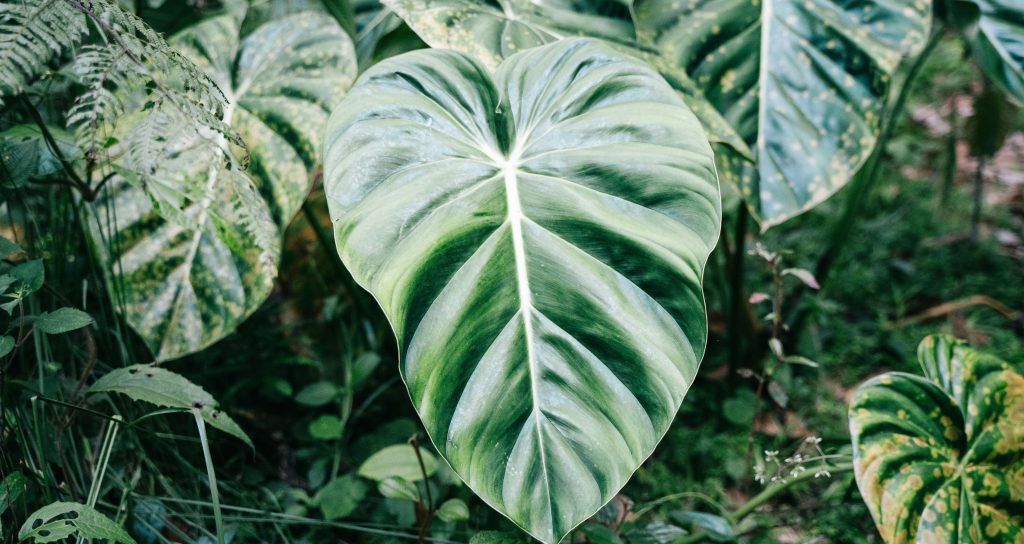
Philodendron species, commonly known as Philodendron, are highly prized for their versatility and adaptability, making them an excellent choice for low-light environments. With their lush, heart-shaped leaves and trailing vines, Philodendrons add a touch of natural elegance to any indoor space, even those with minimal natural sunlight. What sets Philodendrons apart is their remarkable ability to thrive in low-light conditions, making them perfect for rooms with limited access to sunlight or areas far from windows.
Additionally, Philodendrons are incredibly easy to care for, requiring only occasional watering and minimal maintenance. Their resilience to neglect and adverse conditions makes them ideal for busy individuals or those new to indoor gardening. Furthermore, Philodendrons are known for their air-purifying properties, helping to improve indoor air quality by removing toxins such as formaldehyde and xylene.
Lucky Bamboo (Dracaena sanderiana)
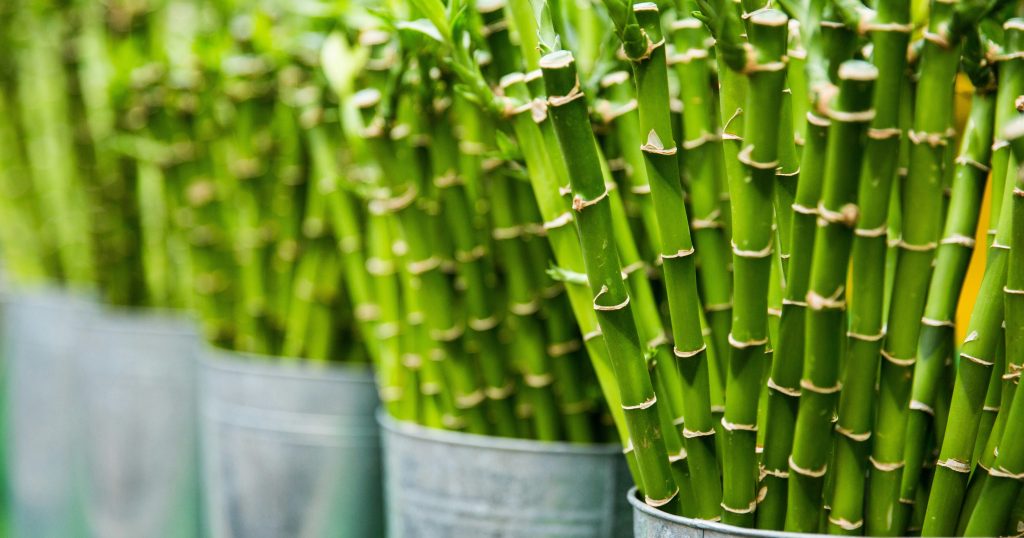
Lucky Bamboo (Dracaena sanderiana) is widely cherished as an excellent choice for low-light environments, offering both beauty and resilience to indoor spaces with limited natural sunlight. Despite its name, Lucky Bamboo is not actually bamboo but a member of the Dracaena genus, known for its slender stems and lush foliage.
This plant thrives in low-light conditions, making it perfect for offices, bathrooms, or rooms with minimal natural light. Lucky Bamboo requires only indirect or artificial light to thrive, making it suitable for spaces far from windows or with limited exposure to sunlight.
Additionally, Lucky Bamboo is incredibly low-maintenance, requiring only occasional watering and minimal care. Its adaptability and resilience make it ideal for busy individuals or those new to indoor gardening. Furthermore, Lucky Bamboo is believed to bring luck and positive energy according to Feng Shui principles, adding an extra layer of appeal to its already charming presence in indoor environments.
Aglaonema (Aglaonema spp.)
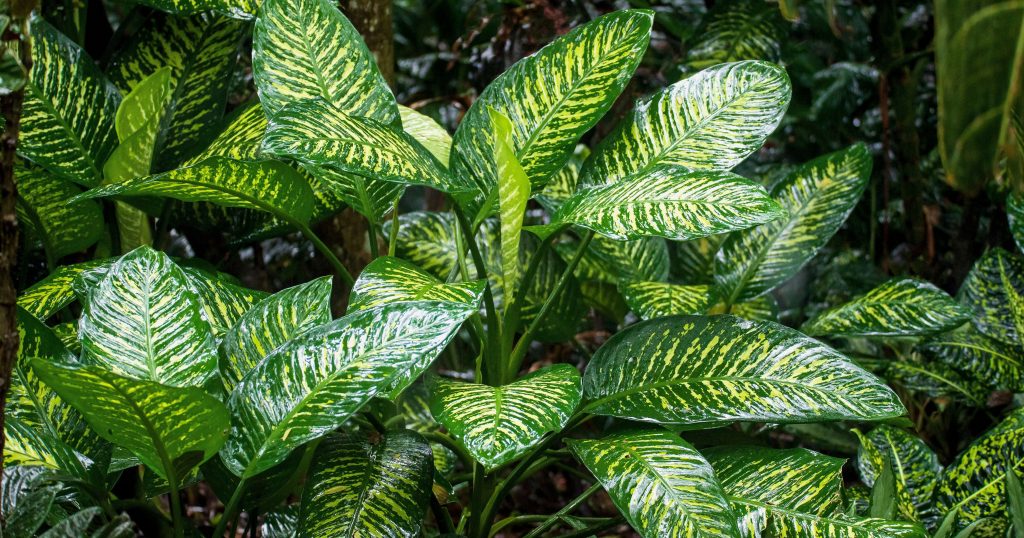
Aglaonema species, commonly known as Aglaonema, are esteemed for their stunning foliage and suitability for low-light conditions, making them an exceptional choice for indoor spaces with limited natural sunlight. With their lush, variegated leaves displaying shades of green, silver, and sometimes red, Aglaonema adds a touch of vibrancy and elegance to any room. These plants thrive in low-light environments, making them perfect for offices, hallways, or areas with minimal exposure to sunlight.
What sets Aglaonema apart is its ability to tolerate and even thrive in low-light conditions, requiring only indirect or artificial light to flourish. Additionally, Aglaonema is incredibly low-maintenance, needing only occasional watering and minimal care. Its adaptability and resilience make it ideal for busy individuals or those new to indoor gardening. Furthermore, Aglaonema is renowned for its air-purifying properties, helping to improve indoor air quality by removing toxins such as formaldehyde and benzene.
Boston Fern (Nephrolepis exaltata)
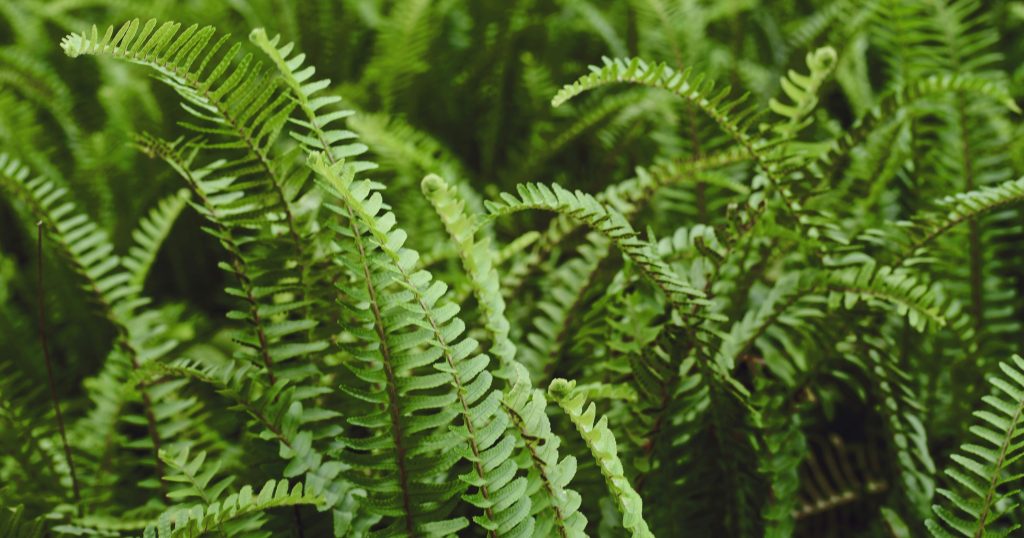
Boston Fern (Nephrolepis exaltata) is widely celebrated as an ideal choice for low-light environments, offering both lush foliage and adaptability to indoor spaces with limited natural sunlight. With its delicate fronds cascading gracefully from its center, the Boston Fern adds a touch of elegance and tranquility to any room. This plant thrives in low-light conditions, making it perfect for offices, bathrooms, or areas with minimal exposure to sunlight. What sets the Boston Fern apart is its ability to tolerate and even thrive in dimly lit environments, requiring only indirect or artificial light to flourish.
Additionally, Boston Ferns are incredibly low-maintenance, needing only regular watering to keep their soil consistently moist. Their adaptability and resilience make them ideal for busy individuals or those new to indoor gardening. Furthermore, Boston Ferns are known for their air-purifying properties, helping to improve indoor air quality by removing toxins such as formaldehyde and xylene.
Dieffenbachia (Dieffenbachia spp.)
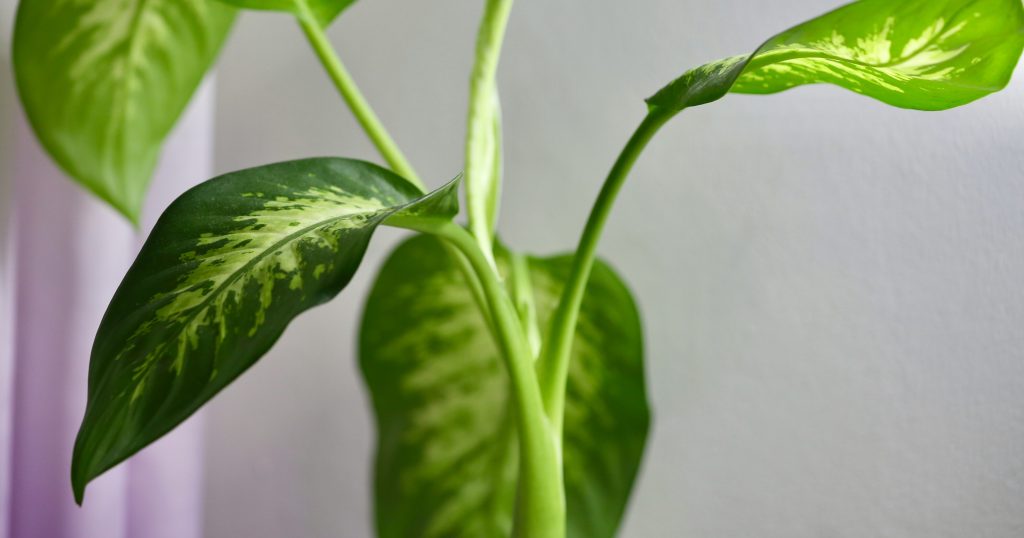
Dieffenbachia species, commonly known as Dieffenbachia, are highly regarded for their lush foliage and suitability for low-light conditions, making them an excellent choice for indoor spaces with limited natural sunlight. With their striking variegated leaves displaying patterns of green, white, and sometimes yellow, Dieffenbachia adds a touch of tropical flair and elegance to any room. These plants thrive in low-light environments, making them perfect for offices, hallways, or areas with minimal exposure to sunlight. What sets Dieffenbachia apart is its ability to tolerate and even thrive in dimly lit settings, requiring only indirect or artificial light to flourish.
Additionally, Dieffenbachia is incredibly low-maintenance, needing only occasional watering and minimal care. Its adaptability and resilience make it ideal for busy individuals or those new to indoor gardening. Furthermore, Dieffenbachia is known for its air-purifying properties, helping to improve indoor air quality by removing toxins such as formaldehyde and xylene. Whether placed in homes, offices, or other indoor settings, Dieffenbachia brings both beauty and health benefits to low-light spaces, making it a fantastic choice for anyone seeking an elegant and easy-to-care-for plant.
Devil’s Ivy (Epipremnum aureum)
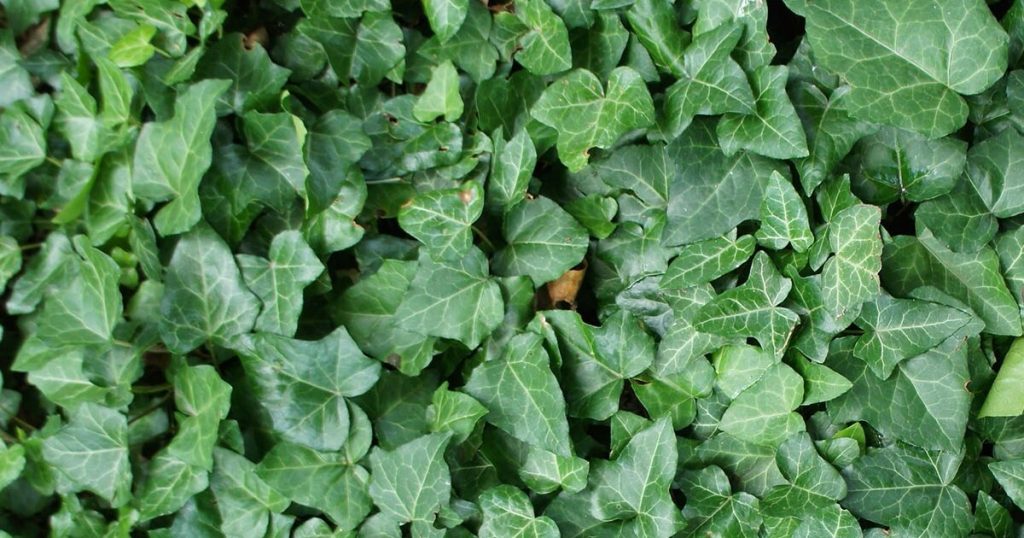
Devil’s Ivy (Epipremnum aureum), also known as Pothos, is revered as an exceptional choice for low-light environments, offering both beauty and resilience to indoor spaces with limited natural sunlight. With its heart-shaped leaves cascading gracefully from hanging baskets or trailing along surfaces, Devil’s Ivy adds a touch of lush greenery and elegance to any room. This plant thrives in low-light conditions, making it perfect for offices, bathrooms, or areas with minimal exposure to sunlight. What sets Devil’s Ivy apart is its ability to tolerate and even flourish in dimly lit settings, requiring only indirect or artificial light to thrive.
Additionally, Devil’s Ivy is incredibly low-maintenance, needing only occasional watering and minimal care. Its adaptability and resilience make it ideal for busy individuals or those new to indoor gardening. Furthermore, Devil’s Ivy is known for its air-purifying properties, helping to improve indoor air quality by removing toxins such as formaldehyde and benzene.
Rex Begonia (Begonia rex)
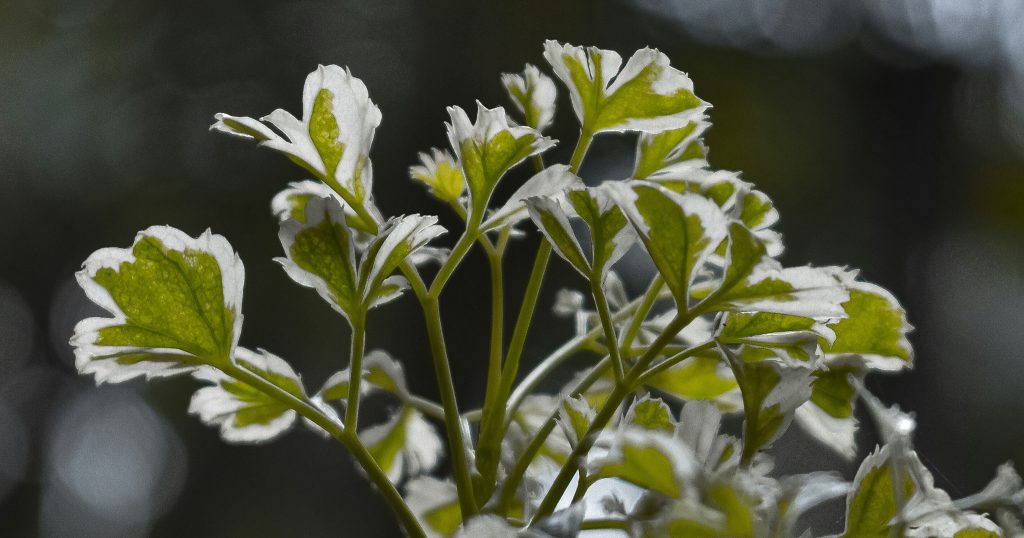
Rex Begonia (Begonia rex) stands out as a wonderful option for low-light environments, offering an array of vibrant colors and striking foliage patterns to indoor spaces with minimal natural sunlight. With its uniquely textured leaves showcasing intricate patterns of silver, green, purple, and pink, Rex Begonia adds a touch of exotic beauty and elegance to any room. This plant thrives in low-light conditions, making it perfect for offices, bathrooms, or areas with limited exposure to sunlight.
What sets Rex Begonia apart is its ability to tolerate and even thrive in dimly lit settings, requiring only indirect or artificial light to flourish. Additionally, Rex Begonias are relatively low-maintenance, needing only occasional watering and minimal care. Their adaptability and resilience make them ideal for busy individuals or those new to indoor gardening.
Maidenhair Fern (Adiantum spp.)
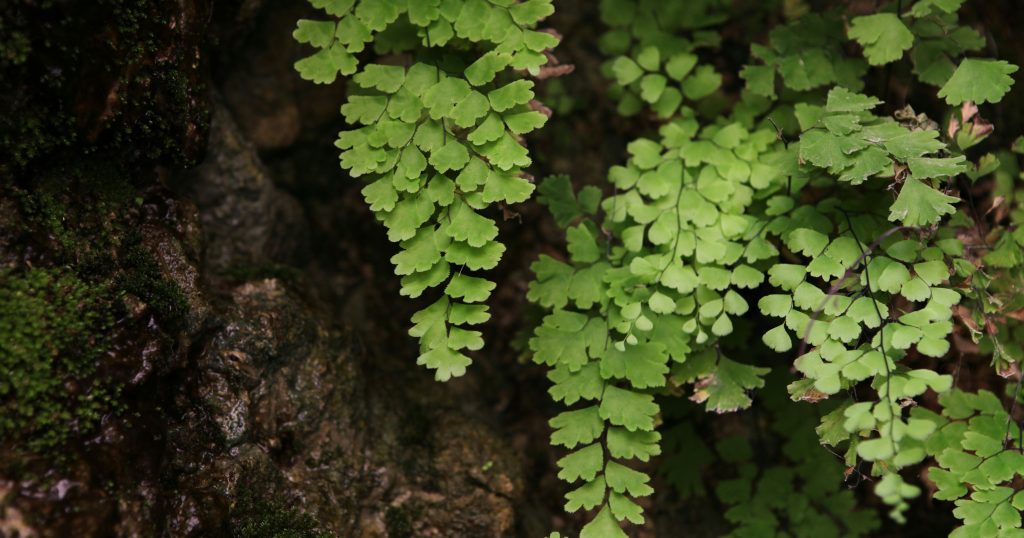
Maidenhair Ferns (Adiantum spp.) are esteemed for their delicate, lacy foliage and suitability for low-light conditions, making them an exceptional choice for indoor spaces with limited natural sunlight. With their gracefully arching fronds and airy texture, Maidenhair Ferns add a touch of ethereal beauty and tranquility to any room. These plants thrive in low-light environments, making them perfect for offices, bathrooms, or areas with minimal exposure to sunlight. What sets Maidenhair Ferns apart is their ability to tolerate and even flourish in dimly lit settings, requiring only indirect or artificial light to thrive.
Additionally, Maidenhair Ferns are relatively low-maintenance, needing consistent moisture and occasional misting to keep their delicate foliage healthy. Their adaptability and resilience make them ideal for busy individuals or those new to indoor gardening.
Aloe Vera (Aloe barbadensis miller)
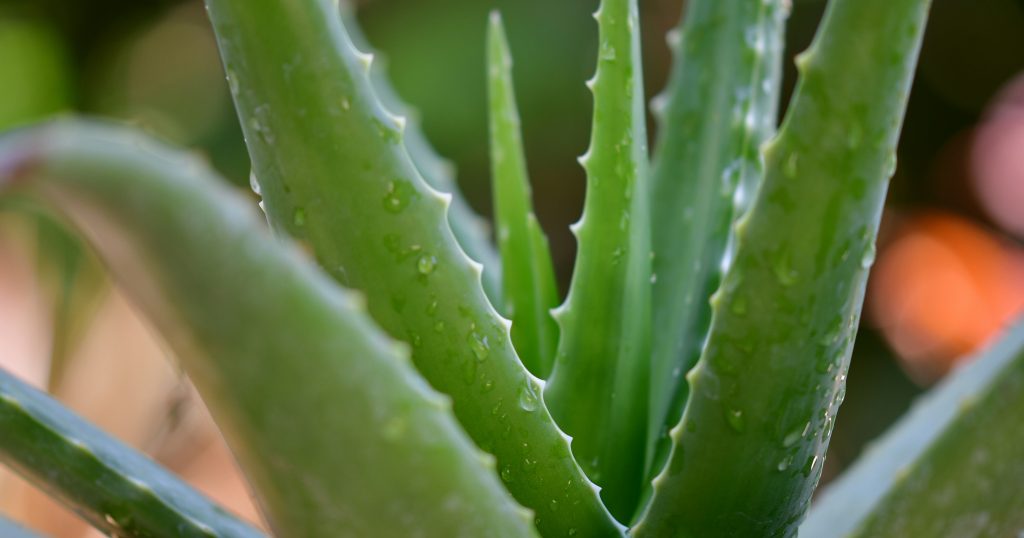
Aloe Vera (Aloe barbadensis miller) is a versatile and resilient plant that thrives in various light conditions, including low-light environments. Known for its succulent, fleshy leaves that contain a soothing gel with numerous medicinal properties, Aloe Vera adds both practical benefits and aesthetic appeal to indoor spaces with limited natural sunlight. While it prefers bright, indirect light, Aloe Vera can tolerate low-light conditions, making it suitable for rooms with minimal exposure to sunlight or areas far from windows.
Additionally, Aloe Vera is incredibly low-maintenance, requiring infrequent watering and minimal care. Its adaptability and resilience make it ideal for busy individuals or those new to indoor gardening. Furthermore, Aloe Vera is renowned for its healing properties, with its gel used to treat sunburns, skin irritations, and other ailments.
Calathea (Calathea spp.)
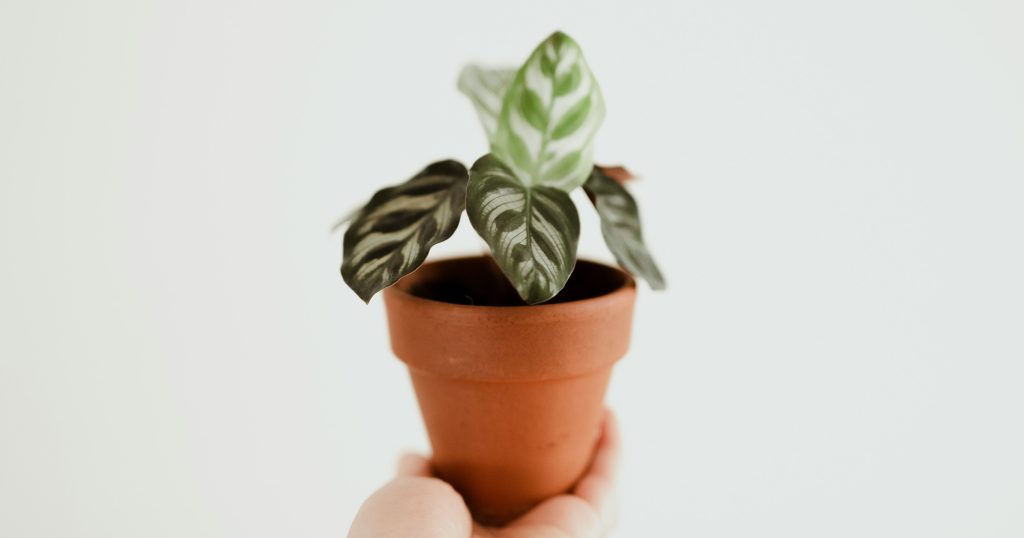
Calathea species, commonly known as Calathea, are celebrated for their stunning foliage and suitability for low-light conditions, making them an excellent choice for indoor spaces with limited natural sunlight. With their intricate patterns, vibrant colors, and unique leaf shapes, Calathea adds a touch of tropical elegance and charm to any room. These plants thrive in low-light environments, making them perfect for offices, bathrooms, or areas with minimal exposure to sunlight.
What sets Calathea apart is its ability to tolerate and even thrive in dimly lit settings, requiring only indirect or artificial light to flourish. Additionally, Calathea is relatively low-maintenance, needing only regular watering and occasional misting to keep its foliage healthy. Its adaptability and resilience make it ideal for busy individuals or those new to indoor gardening.
Cyclamen (Cyclamen spp.)
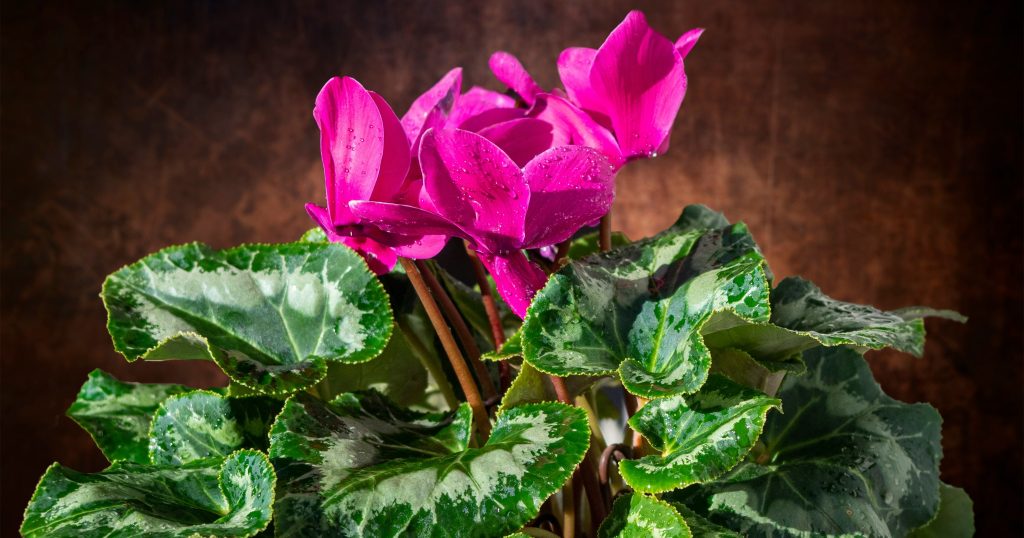
Cyclamen species, commonly known as Cyclamen, are prized for their exquisite flowers and suitability for low-light conditions, making them an excellent choice for indoor spaces with limited natural sunlight. With their charming, delicate blooms in shades of pink, red, white, and purple, Cyclamen adds a touch of elegance and color to any room. These plants thrive in low-light environments, making them perfect for offices, bedrooms, or areas with minimal exposure to sunlight.
What sets Cyclamen apart is its ability to bloom profusely even in dimly lit settings, requiring only indirect or artificial light to thrive. Additionally, Cyclamen is relatively low-maintenance, needing only regular watering and occasional fertilization to keep its blooms vibrant. Its adaptability and resilience make it ideal for busy individuals or those new to indoor gardening.
These 20 houseplants are perfect for adding greenery and beauty to your indoor spaces, even in areas with limited natural light. Just remember to monitor watering needs and provide occasional care to keep them thriving.













